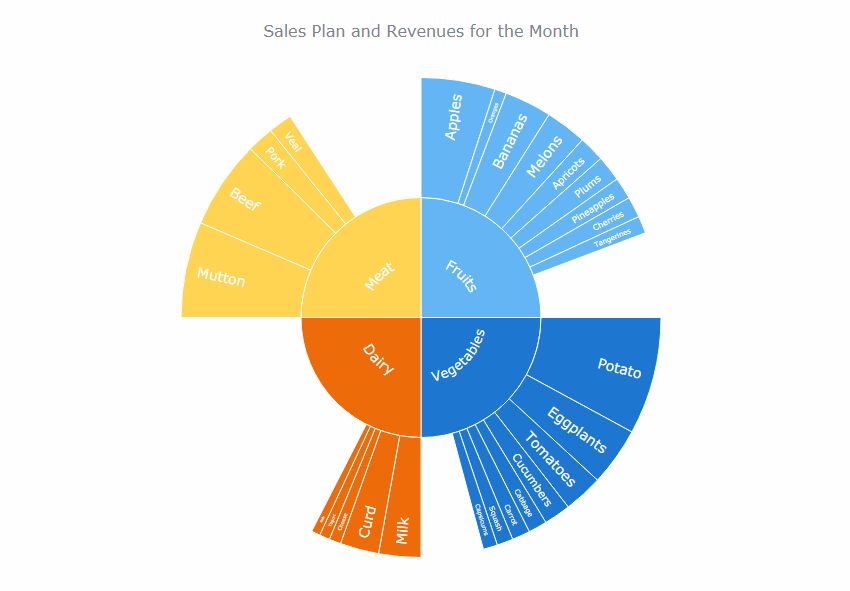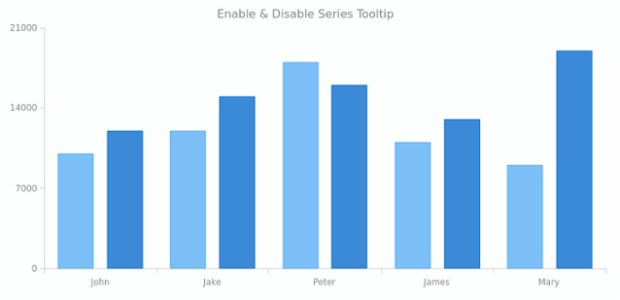

To explore more features, please refer to our UI Guide. The pivot table has a smooth learning curve.

WebDataRocks is a lightweight JavaScript pivot table component that runs on any browser and integrates with any front-end and back-end technology.
Anychart sharing tooltip how to#
We’ll also focus on “a pivot table + charts” combination and show how to build a dashboard with WebDataRocks Pivot and any of the listed charting libraries.īut firstly, a few words about WebDataRocks. Keeping this in mind, we’ve decided to provide you with an overview of popular JavaScript data visualization libraries which charts can be used as a dashboard’s components. Key characteristics of a full-featured dashboard library are the ease of customization and displaying trends in data. The data dashboard can consist of many elements of varying complexity: charts, tables, maps, graphs, networks, diagrams, word clouds, timelines, widgets, etc.

Secondly, define the dashboard’s structure. Since the core purpose of any dashboard library is to communicate actionable information at a glance, you need to figure out the far-reaching goals of analysis and define metrics or KPIs to measure in a specific department. Where to startįirstly, understand your problem and objectives. The advantage of this approach is that it makes development flexible – you can control all the aspects of a dashboard (both visual and functional) and customize it whenever required. To prevent this from happening, you can provide them with ready-to-use data dashboard libraries equipped with interactive features and intelligible visualizations.Īs a developer, you can build such a dashboard right in your app with the help JavaScript libraries. Employees often spend hours trying to compose meaningful reports with inconvenient tools, creating a big drain on efficiency in the team.


 0 kommentar(er)
0 kommentar(er)
